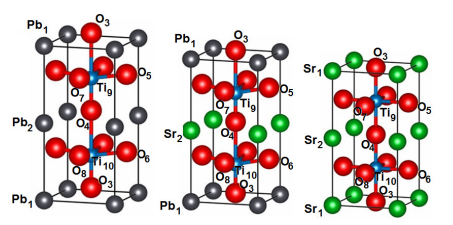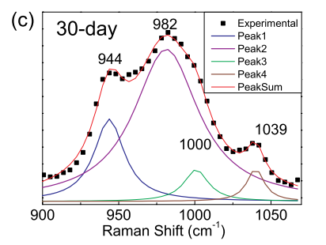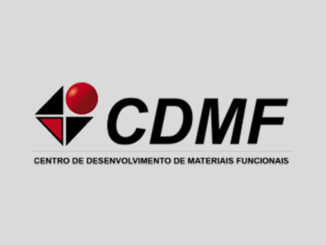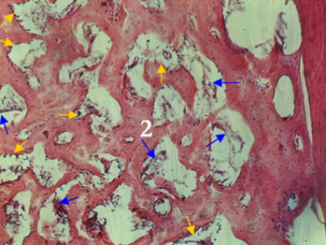
Theoretical Study of the Structural Properties of the Lead Titanate Doped with Strontium
Abstract: Combined experimental and theoretical approach to investigate the structural and electronic properties to Sr-doping lead titanate (PT:Sr) was carry out. It is well-known at room temperature PT crystallizes in tetragonal distorted perovskite structure with space group symmetry P4mm. At higher temperature (T> 490 degrees C), this compound presents a tetragonal-cubic phase transition and, due to its high tetragonality (c/a), the PT ceramics can develop cracks during the cooling process. The Sr-doping reduce this lattice anisotropy, and the doped ceramics become denser than the pure ones.The ceramic materials lead titanate (PT), lead strontium titanate (PST) and strontium titanate (ST) were synthetized by Polymeric Precursor Method. The crystal structure systems are taken from Rietveld refinement. These materials were characterized by theoretical X-ray diffraction data, total state densities (DOS), Gap values and charge maps. The gap values obtained were 3.60 eV, 3.20 eV and 3.70 eV for PT, PST and ST, respectively. The c/a ratio was investigated with different strontium concentration in the PT structure, showing that the tetragonality decreased from tetragonal to pseudo-cubic. Therefore, decreases tetragonality (c/a) and improves the physicochemical properties of the material. The presence of the atom in the PT matrix promotes an electronic stability in the strucutre of the PST inducing an improvement in the proportions of the material. In addition, ferroelectric properties can be adjusted by altering the Pb/Sr molar ratio. This behavior was associated to a lattice contraction effect caused by the diferent ionic radii between Pb and Sr. In this context, the present study characterizes the effects of Sr-doping upon structural and electronic properties of lead titanate matrix (PT). A periodic quantum-mechanical method based on DFT theory at B3LYP level has been used. These theoretical results are in agreement with the experimental.
Author(s): Mesquita, WD; Santos, MRD; Espinosa, JWM; Leal, SHBD; Longo, E; Gurgel, MFD
ORBITAL-THE ELECTRONIC JOURNAL OF CHEMISTRY
Volume: 11 Pages: 91-96 Published: APR 2019
PDF: Theoretical Study of the Structural Properties of the Lead Titanate Doped with Strontium
DOI: 10.17807/orbital.v11i2.1342




